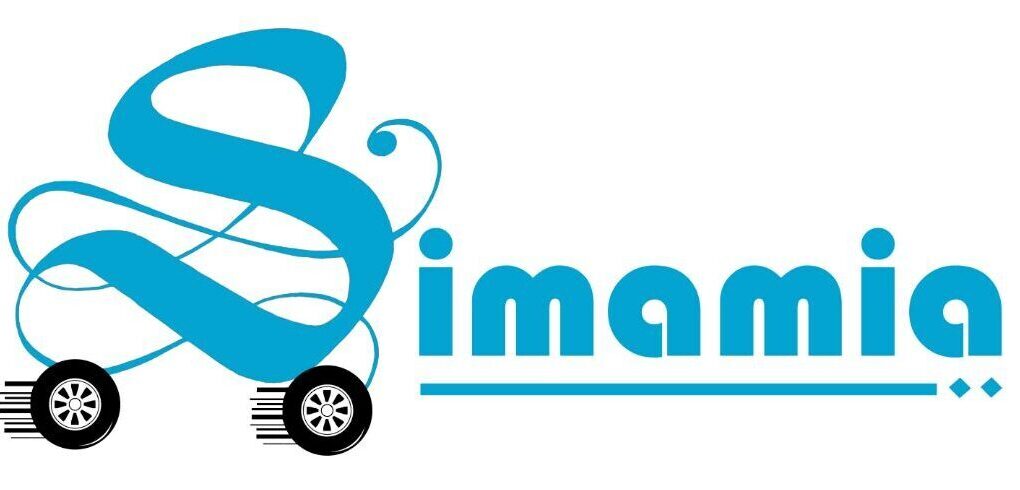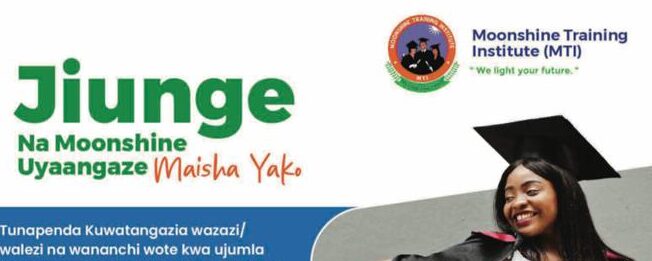
A fresh US trade pact could provide relief to African economies buffeted by the commodities slump but a failure to reform during the boom years has left many countries unable to profit from tariff-free access to the world’s largest market.
In an effort to boost trade under the African Growth and Opportunity Act (Agoa), renewed by Congress for a decade in June, representatives from 39 African countries will hold talks with US officials in oil-rich Gabon this week.
READ: Agoa forum to assess gains, losses of pact
Under the deal, first signed in 2000, African exports to the United States rose to $26.8 billion by 2013, but more than four-fifths of that was oil.
With US demand for petroleum imports falling due to its shale revolution and commodities prices across the board hit by China’s slowdown, the blow to African economies has highlighted their failure to industrialise.
The World Bank forecasts GDP growth in sub-Saharan will slow this year to 4.2 per cent, down from an average of 6.4 per cent during 2002 to 2008.
Despite a decade of rapid growth, sub-Saharan Africa’s manufacturing sector remained weak. While exports from the region more than quadrupled to $457 billion in the decade to 2011, manufactured goods made up just $58 billion of that.
Expensive coffee
US officials say that, even with tariff-free access, a range of problems are holding back African exports, from poor transport links to costly electricity, lack of bank credit, corruption and labyrinthine bureaucracy.
“When you look at a container of coffee or textiles coming out of Africa, it is substantially more expensive and less competitive than the same container coming out of parts of Latin America,†said US trade representative Michael Froman. “One of the lessons of the first 15 years of Agoa is that tariff preferences, while important, are still not enough.â€
Those countries which aim to benefit from Agoa, such as Ethiopia and Kenya, are not dependent on oil or mining, giving them an incentive to diversify into areas such as footwear and textiles exports.
Ethiopia is positioning itself to become a manufacturing hub, driven in part by investments from China and India as labour costs in their own backyards rise.
By contrast, big resource producers from bauxite miner Guinea to oil-exporter Nigeria failed to channel vast capital flows into diversification.
In many cases, currencies inflated by these flows made other exports less competitive — the so-called “Dutch Diseaseâ€.
“Every major economy in Africa that did well out of the extractive industries over the past decade has failed to industrialise,†said Ricardo Soares de Oliveira, who teaches African politics at Oxford University.
Africa’s No. 2 crude producer Angola is a classic example of a “petro state†with no political will to diversify as elites profited from a deluge of oil revenues. A 2011 IMF report found $32 billion in government revenue could not be accounted for between 2007 and 2010.
Competitive exports
Soares de Oliveira said that, while Angolan authorities paid lip service to diversification and set up a Special Economic Zone outside Luanda, the initiative was held back by a chronic lack of electricity, graft, and reliance on expensive foreign inputs.
“While it generated billions in contracts for insiders and their foreign partners, no meaningful industrialisation occurred,†he said.
By contrast, Kenya’s plans to use Special Economic Zones to industrialise appear to be more successful as it focuses on cutting taxes and regulatory hurdles, according to Thalma Corbett, head of research at NKC African Economics.
According to NKC data, manufactured goods already accounted for around 20 per cent of Kenyan exports in 2014.
Corbett said Kenya’s government was targeting labour — intensive, low-technology industries such as textiles and leather to take advantage of Agoa.
US data shows that textiles and apparel sales from Kenya and Lesotho have already jumped under the scheme from $359 million in 2001 to $991 million in 2014.
Froman said that Kenya and its partners in the East African Community were pushing ahead with reforms to make exports more competitive, including simplifying and computerising customs requirements in the five-nation bloc.
READ: East Africa still a niche market for garment makers
ALSO READ: EAC partner states look to benefit from more trade deals with the US
Kenya expects 20 companies to start investing about $80 million immediately in the African nation’s textiles industry after the renewal of a deal offering access to the US market, its industrialisation minister said in July.
The companies had been awaiting the Agoa extension before moving ahead with their investments, Industrialisation and Enterprise Minister Adan Mohamed told Reuters.
Kenya is the leading exporter of garments under Agoa in Sub-Saharan Africa. Mr Mohamed said the industry earns about $400 million a year exporting garments Kenyan firms stitch together using imported fabrics.
Kenya needs to boost exports to rein in a gaping current account deficit and ease pressure on its currency, which has been hit by global dollar strength and slide in foreign exchange earnings from tourism after a spate of Islamist attacks.
Half of the 20 firms that are ready to invest are already operating in Kenya and want to expand, Mohamed said.
“The other half are companies that are coming from Sri Lanka, from Bangladesh, from India that are coming here looking at opportunities in this place,†he said.
“We want to get to a billion (dollars in export earnings) in the next two years,†he said.
“By the time Agoa finishes, before it is renewed, we would like to do $10 billion.â€
Mohamed said the main challenge facing the textile industry was staying competitive on labour costs.
Labour and fabric import costs together make up 80 per cent of firms’ operating costs. “That is my biggest headache at the moment,†he said.
The minimum wage in Kenya is about $135 a month compared with $35-$45 in Bangladesh, a garments exporting powerhouse, and $65 in Lesotho, the number two exporter of textiles under the Agoa facility, executives in the textile industry said.
“I don’t have a problem with the cost of labour being high but the productivity must match that high cost,†he said, adding improvements in training, working closely with unions over pay and investing in more efficient machinery would all help.
Washington hopes that the 10-year renewal of Agoa, rather than the usual three, will give investors the clarity needed to make long-term investment decisions such as building factories. Froman expressed hope that cotton-exporting nations like Mali and Burkina Faso could become textile exporters.
The reduction in commodities exports and souring sentiment has led to sharp falls in most African currencies this year, with even South Africa’s rand hitting a record low of 14/dlr on Tuesday.
Success stories
Although it is the most industrialised economy on the continent, even in South Africa commodities accounted for about 57 per cent of its exports last year.
Yet South Africa is one of Agoa’s success stories with automotive exports booming from $289 million in 2001 to $1.4 billion in 2014, and could benefit further from the exchange rate.
Other, less developed economies may struggle to do so.
At a trade fair to promote the Agoa pact, the secretary general of the Gabonese employers confederation bemoaned the country’s lack of goods manufactured to US standards.
“To be able to talk of trade, you need to produce,†said Roland Desire Aba’h. “I do not know of a single product presented at this exhibition which can compete in trade relations between the Gabon and the USA.â€



Recent Comments